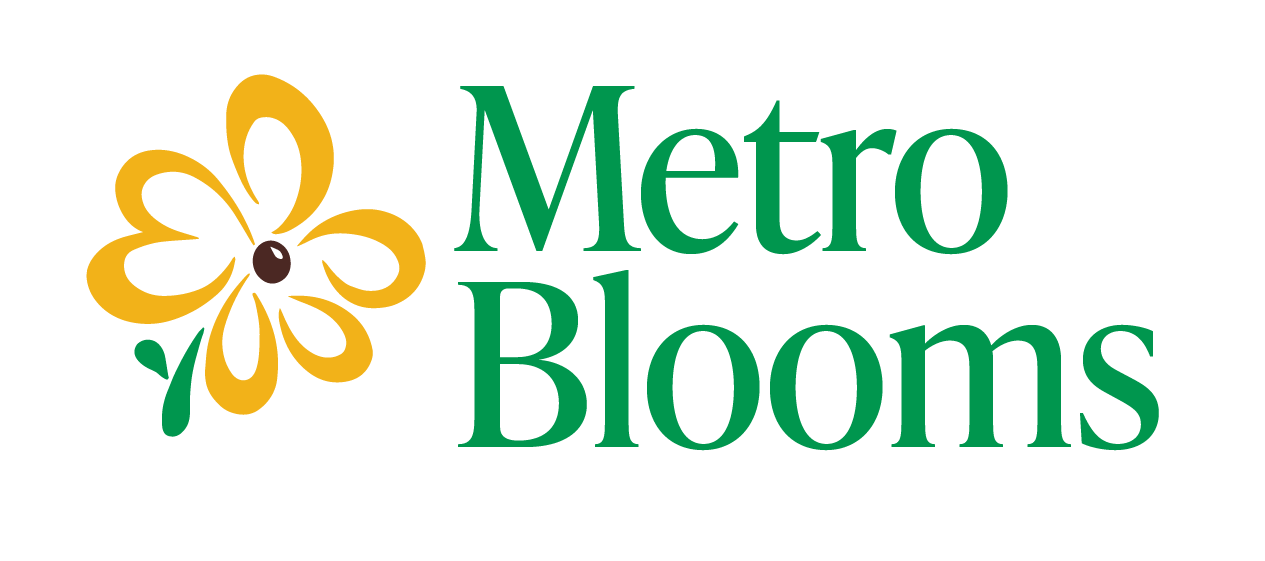Family: Asteraceae (Sunflower)
Scientific Name: Silphium laciniatum
Course, hairy perennial herb with large woody root stocks, 3 to 10 ft tall, usually with a single, unbranched stem. Likes open prairies, and roadsides in areas of mild disturbance.
Watch for: Yellow, bell-shaped ray flowers in high numbers on the plant. Leaves are coursely toothed, alternate, and resemble narrow strips or lobes.
Other names: Rosin Weed, Gum Weed, Pilot Weed.
History: The Pawnee made a tea from compass plant root to rid horses of worms. The Omaha believe that the compass plant aboundss where lighting is common. Therefore they would never make camp in such places. The Omaha also burned the root during electrical storms to avoid being struck by lighting. Children of the Mesquakies and other trives would chew the resinous sap as a chewing gum.
Tidbits: In early Anglo-American folklore, early pioneers used the leaves of the plant, which are often oriented in a north-south direction, to help them find their way on cloudy days when the sun’s direction wasn’t visible. Sure enough, studies show that over half of the leaves measured on the Compass Plant were within 10 degrees of a north-south line. This helps the plant maximize photosynthesis without risking harmful hot summer temperatures on the prairie. Also, oils extracted from the the similar Cup Plant (S. perfoliatum) has been found to increase the healing rate for burns.
Gardens/ Cultivation: Compass Plant has attractive Sunflower-like flowers in the mid to late summer. Young plants may have very few leaves, since the plant puts lots of energy into it’s extensive root system. It is easily grown from seed. It’s a large addition to a native wildflower garden, best suited for the back or sides, but will fill in the hot, dry spots.

______________________________________________________
Sources:
Kindsher, Kelly. Medicinal Wild Plants of the Prairie: An Ethnobotanical Guide. University Press of Kansas. Lawrence, Kansas, 1992.
USDA Plants Database: http://plants.usda.gov/java/
